General Info – summary
This Tree has pale grey bark, is up to 15m high & branches have tough spines. Wood is hard & dense. The simple, hairless, thick, leathery, stiff & alternatively arranged Leaves are usually entire. Tiny, greenish, 5-merous, monoecious & unisexual Flowers lack petals & are in cymes. The sessile, 1 locular, superior ovary is pubescent & has 2 long persistent styles. Indehiscent Fruit is an orange drupe + seeds lack endosperm.
Description.
Chaetacme aristate.
Previous Names: Chaetacme madagascariensis, Chaetacme microcarpa, Chaetacme nitida, Chaetacme serrata, Chaetachme serrata.
SA Tree No. 43.
Common names: (Afr) Basterwitpeer, Basterwitpeerhout, Baster-witpeer, Doringolm. (Eng) Thorny Elm. (isiXhosa) Umkaboti, Umkhovothi. (isiZulu) Umbhangbangwe (it catches the leopard – referring to the spines), Umkhovothi. (siSwati) umbambangwe. (Tshivenda) Mula-nguluvhe, Muthavhalunzhi. (Xitsonga) Pembulu.
Family: Ulmaceae. This family of 9 genera and 45+ species – at the moment. Species includes the elms – in the genus Ulmus. Members have leaves and bark with mucilaginous substances. Leaves are simple and may have an asymmetrical base. They are often alternately arranged. The small Flowers lack petals and are bisexual or unisexual. The indehiscent Fruit may be a drupe, nut or samara.
Name derivation: Chaetacme – referring to the bristle tipped leaves. aristata – leaves with a pointed bristle tip. Chaetacme aristate is the only species in South Africa.
Conservation: National Status: L. C. Least Concern. Assessment: 2009 (W. Foden and L. Potter).
Tree.
This Tree may reach 13m high and can produces a dense canopy. The plant may also be a vigorous shrub that may scramble. Tough, straight, single or paired Spines occur on branches (photo 517 & photo 526 – under Leaves). Spines are more numerous on coppice growth (if young tree stems are repeatedly cut or burned down to near ground level this may cause regrowth from the stump or roots). Here spines may be larger and paired. The Stem (main axis of the plant, the leaf and flower bearing as distinguished from the root-bearing axis) may be fluted (grooved, funnelled, channelled – photo 664). The Bark is pale grey. Branches may occur low-down. Branchlets (a small branch or division of a branch – especially a terminal division; usually applied to branches of the current or preceding year) tend to zigzag between nodes (photo 526 under Leaves). These young branches are initially green (photo 524) with longitudinally running Lenticels (a usually raised corky oval or elongated areas on the plant that allows the uncontrolled interchange of gases with the environment).
- 657 2017/08/29 Pretoria NBG. Photo: David Becking.
- 664 2018/01/30 Pretoria NBG. Photo: David Becking.
- 665 2018/01/30 Pretoria NBG. Photo: David Becking.
- 517 2017/08./15 Pretoria NBG. Photo: David Becking.
- 524 2017/08/15 Pretoria NBG. Photo: David Becking.
Leaves.
The simple, hairless, thick, slightly leathery, stiff Leaves are alternatively arranged. Margins are rolled under and usually entire (with a continuous margin), but occasionally sharply toothed. The leaves are up to 9 x 5cm (photo 520). They are minutely punctate (with translucent or coloured dots or depressions or pits) on the lower side. Young and coppice leaves may be serrate (saw-toothed margin with teeth pointing forward). Leaf shape varies from elliptic to lanceolate or ovate. The blade is often widest above the central part. The Apex is broadly tapering to rounded and often notched and has a hair-like bristle at the tip (photos 520 here & 522 under fruit). The tapering to rounded Base may be slightly lobed. It is slightly asymmetric (not equal to the opposite side). The upper surface is dark green and glossy (photo 520). Here initially parallel lateral Veins are visible and these lateral veins loop before reaching the margins. The lower surface is a lot lighter (photo 520). All veins are clearly visible when the leaf is held against a strong light – in this case the sun (photo 824). Here a hand lens will help. The Midrib is clearly visible on both sides and protrudes below (photo 520). The relatively wide Petiole (leaf stalk) is grooved on top and up to 1cm long (photo 520). Terminal buds are enclosed by large, leathery Stipules (basal appendages of the petiole). They are joined to form a sheath over the young bud. However, they are caduceus (an organ or part thereof is easily detached and shed early). Straight Spines develop with the leaves and may occur in leaf axils (photo 526).
- 520 2017/08/15 Pretoria NBG. Photo: David Becking.
- 526 2017/08/15 Pretoria NBG. Photo: David Becking.
- 824 2018/02/12 Pretoria NBG. Photo: David Becking. Against the sun.
Flowers
The small greenish (photo 204), 5-merous Flowers (floral parts in 5’s) are monoecious (having both male and female reproductive organs on the same plant). However, individual flowers are unisexual. Flowers each rest on a short pedicel (stalk of a single flower) and occur in cymes (a broad, more or less flat-topped, determinate flower cluster, with central flowers opening first) or they are single. Small Bracts subtend the flowers. The Calyx has 5 deeply concave lobes with inflexed sides and Petals are absent. Small Male flowers grow in clusters in leaf axils and have 5 Stamens which emerge from the calyx lobes (photo 204En). The Anthers are 2-thecous (with 2 pollen sacs) and dehisce through longitudinal slits. Pistillodes (sterile rudimental pistils in a male flower) are present. In the solitary Female flowers, staminodes are absent and 1 perianth lobe is smaller than the others. Female buds are imbricate (having regularly arranged, overlapping edges, as roof tiles or fish scales). The sessile, 1 locular, superior Ovary is pubescent (hairy). There are 2 long unbranched hairy persistent Styles present. (Sep-Dec).
- 204 2017/09/19 Pretoria NBG. Photo: David Becking.
- 204En 2017/09/19 Pretoria NBG. Photo: David Becking.
Fruit
The thinly fleshy, almost spherical Fruit is a Drupe (a fleshy, 1-seeded indehiscent fruit with the seed enclosed in a stony endocarp; stone fruit e.g., peach) with apical protruding remains of the stigma (photo 510). Ripe fruit is pink or yellowish, about 1,5cm wide and rests on a short stalk – the pedicle. Seeds lack endosperm (the starch and oil-containing tissue of many seeds; often referred to as the albumen). (Jan-Sep).
- 522 2017/08/15 Pretoria NBG. Photo: David Becking.
- 510 2017/08/15 Pretoria NBG. Photo: David Becking.
Distribution & Ecology
These Trees occur naturally in Knysna, Eastern Cape, KwaZulu-Natal e.g., near Durban, Gauteng, Mpumalanga, Limpopo, North West, Swaziland, Mozambique (mainly south and central), West Africa, Sudan and Madagascar. These plants are riparian (relating to wetlands adjacent to rivers and streams). They grow in wooded grasslands near the coast and in the bushveld up to 1 400m. Many animals including Nyala and Black Rhino graze Leaves. Rhino also eat the Bark. Butterfly larvae of the Blue-spotted Emperor or Blue spotted Charaxes (Charaxes cithaeron cithaeron) and the Forest King Emperor (Charaxes xiphares) also feed on the leaves. The Purple-crested Turaco (Purple-crested Loerie), the Thick-billed Weaver and bats eat the Fruit.
Ethnobotany
The Wood is hard, dense and tough. It is difficult to cut and not much used. However, it has been used to make fighting sticks, some musical instruments and small ornaments. Traditional medicine makes use of the Bark and Roots.
References
Boon, R. 2010. Pooley’s Trees of eastern South Africa. Flora and Fauna Publications Trust, Durban.
Burrows, J.E., Burrows, S.M., Lotter, M.C. & Schmidt, E. 2018. Trees and Shrubs Mozambique. Publishing Print Matters (Pty) Ltd. Noordhoek, Cape Town.
Coates Palgrave, M. 2002. Keith Coates Palgrave Trees of Southern Africa, edn 3. Struik, Cape Town.
Foden, W. & Potter, L. 2005. Chaetacme aristata Planch. National Assessment: Red List of South African Plants version 2020.1. Accessed on 2022/11/15.
Ginn, P.J. McIlleron, W.G. Milstein, S. 1989. The Complete Book of Southern African Birds. Struik Publishers (PTY) LTD. Third impression 1991.
Lawrence, G. H. M, 1951. Taxonomy of Vascular Plants. The Macmillan Company, New York. Tenth Printing 1965.
Palmer, E. & Pitman, N. 1972. Trees of southern Africa. Balkema, Amsterdam, Cape Town.
Schmidt, S. Lotter, M. & McCleland, W. 2002. Trees and Shrubs of Mpumalanga and the Kruger National Park. Jacana, Johannesburg.
van Wyk, B. & van Wyk, P. 1997 Field guide to Trees of Southern Africa. Struik, Cape Town.
http://posa.sanbi.org/flora/browse.php?src=SP
http://www.biodiversityexplorer.org/plants/ulmaceae/chaetacme_aristata.htm
http://www.zimbabweflora.co.zw/speciesdata/species.php?species_id=120100
http://www.theplantlist.org/browse/A/Ulmaceae/Chaetacme/

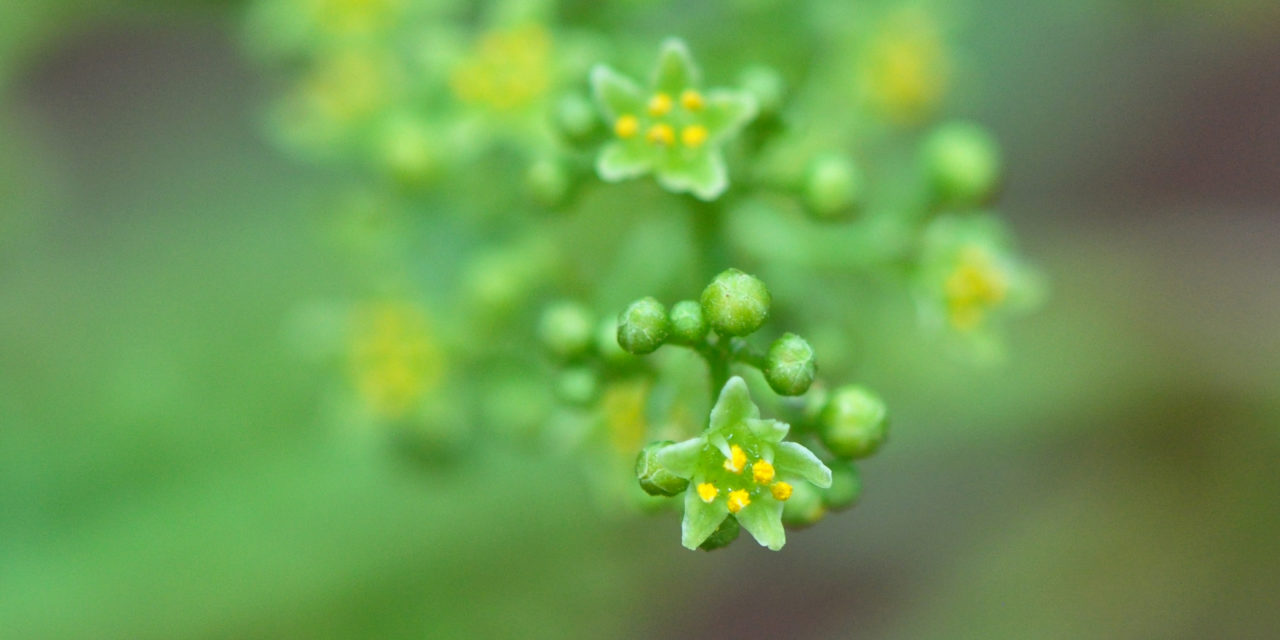
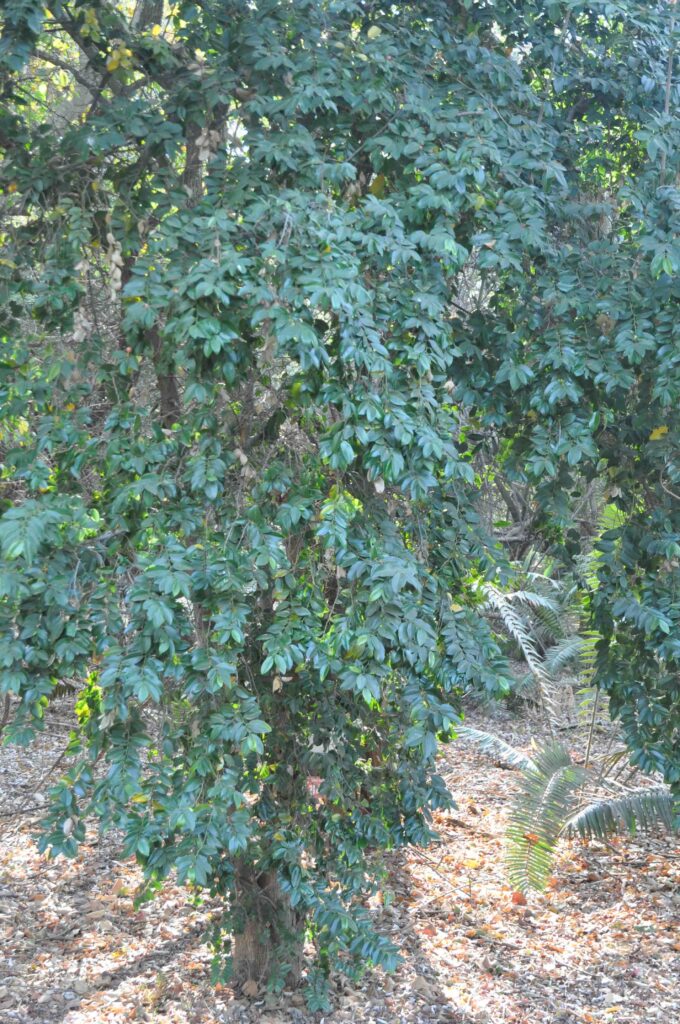
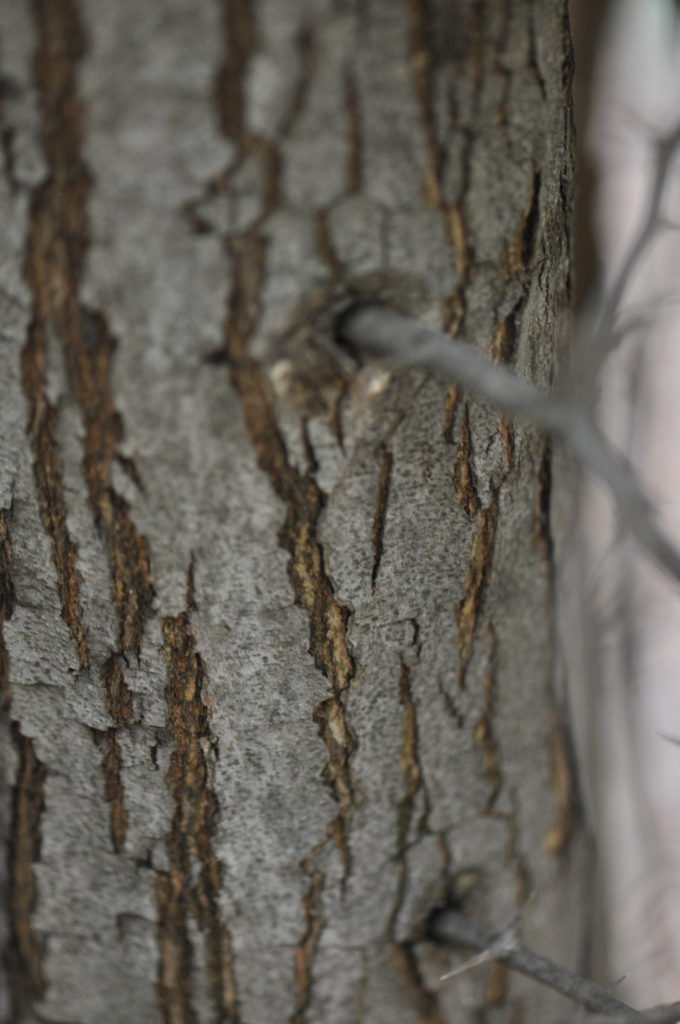
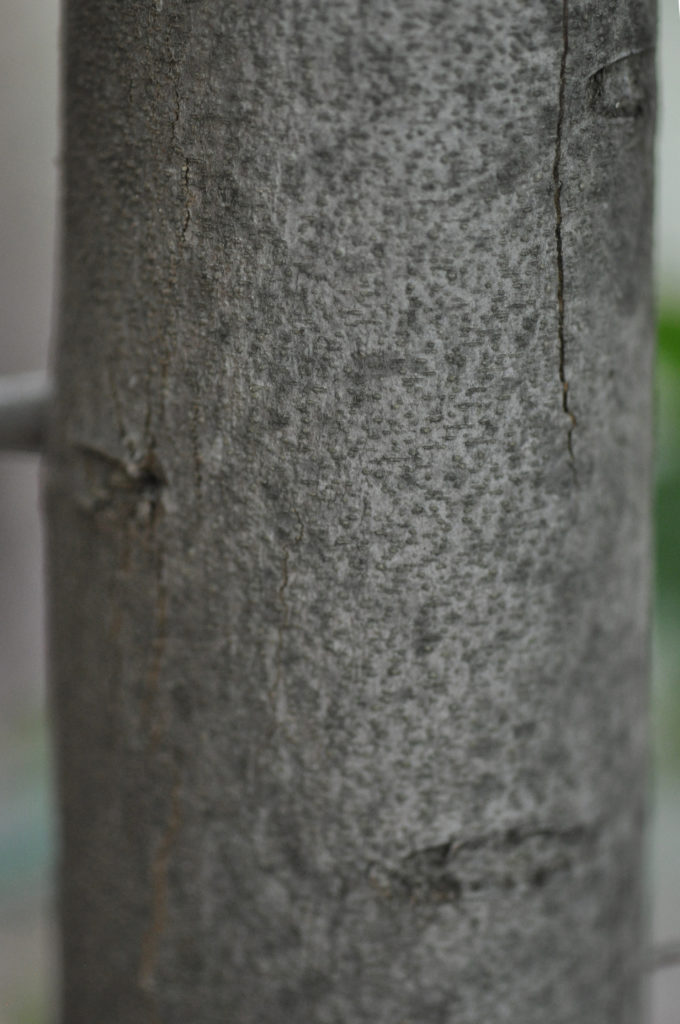
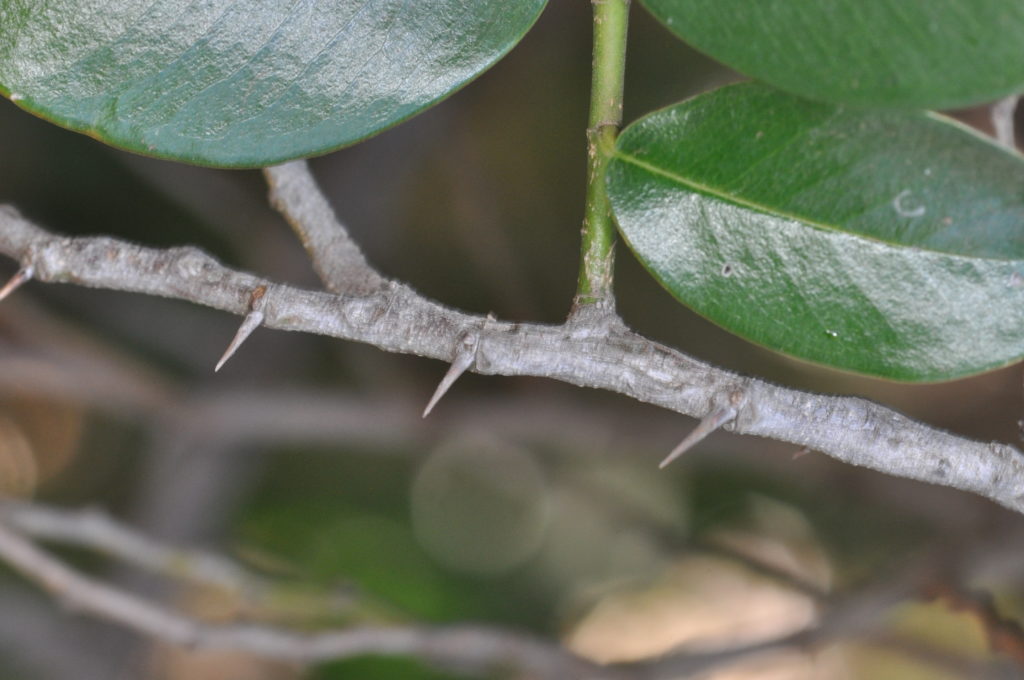
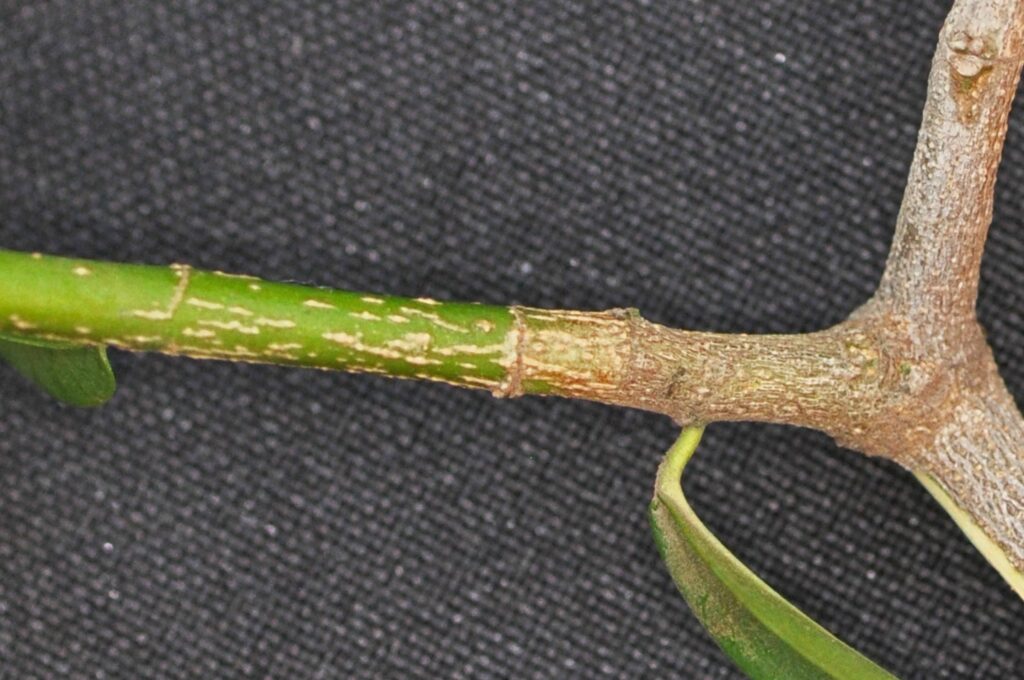
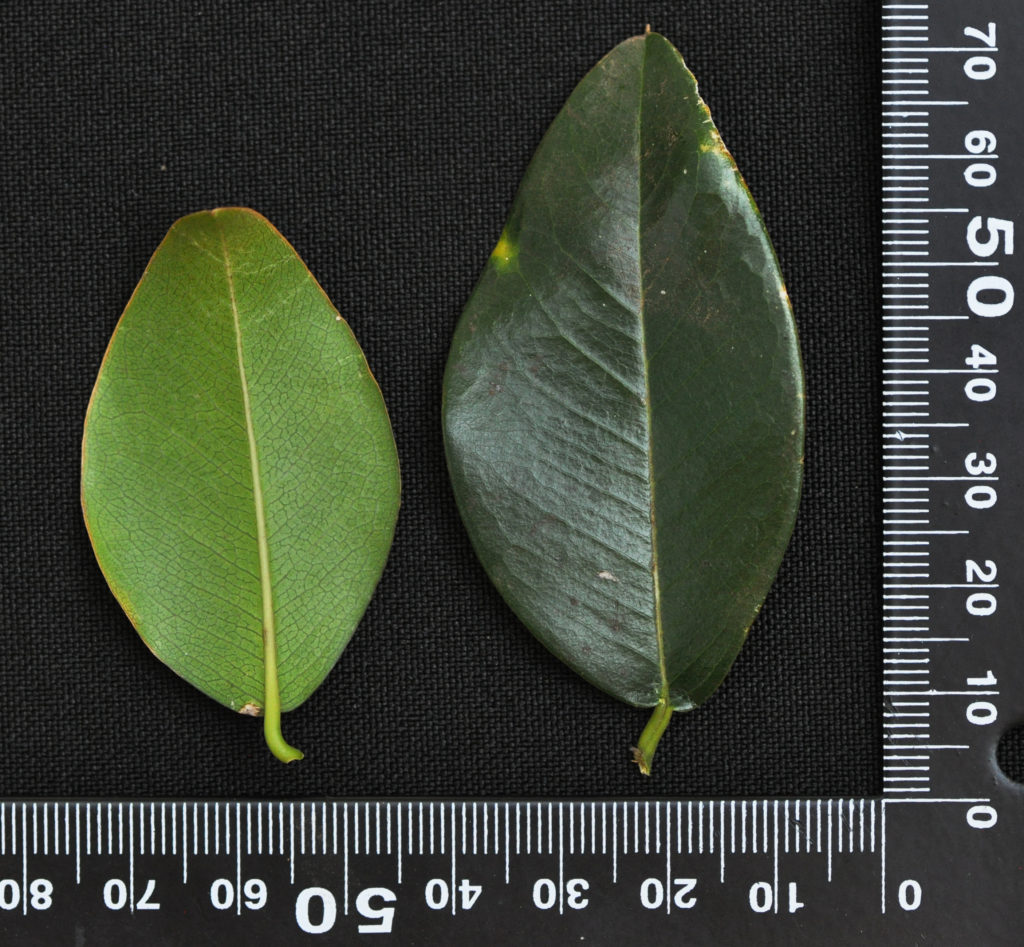
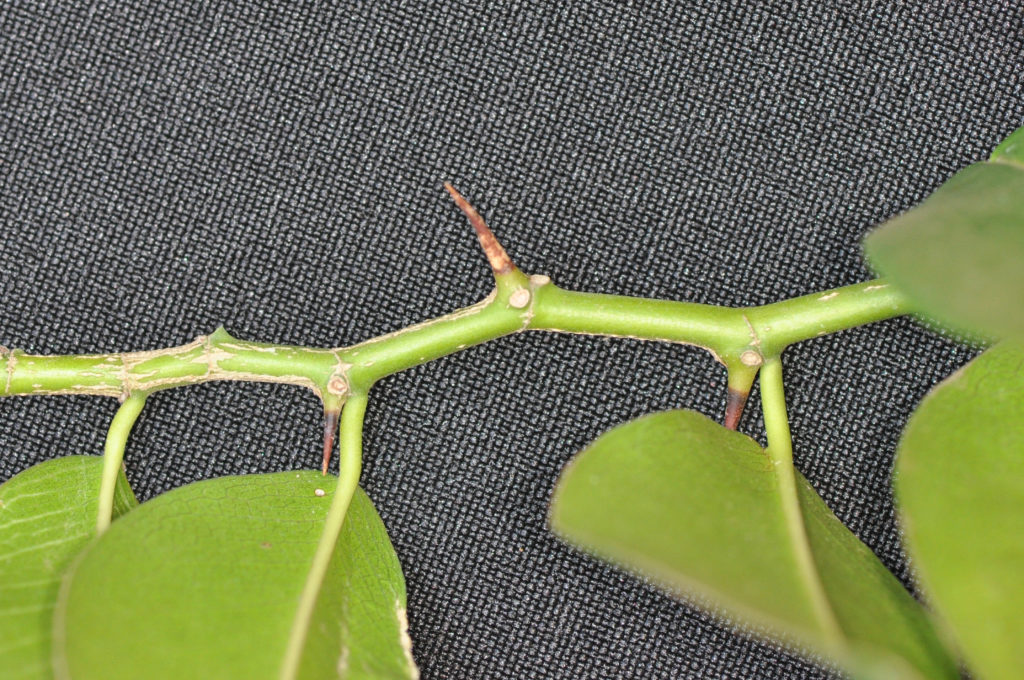

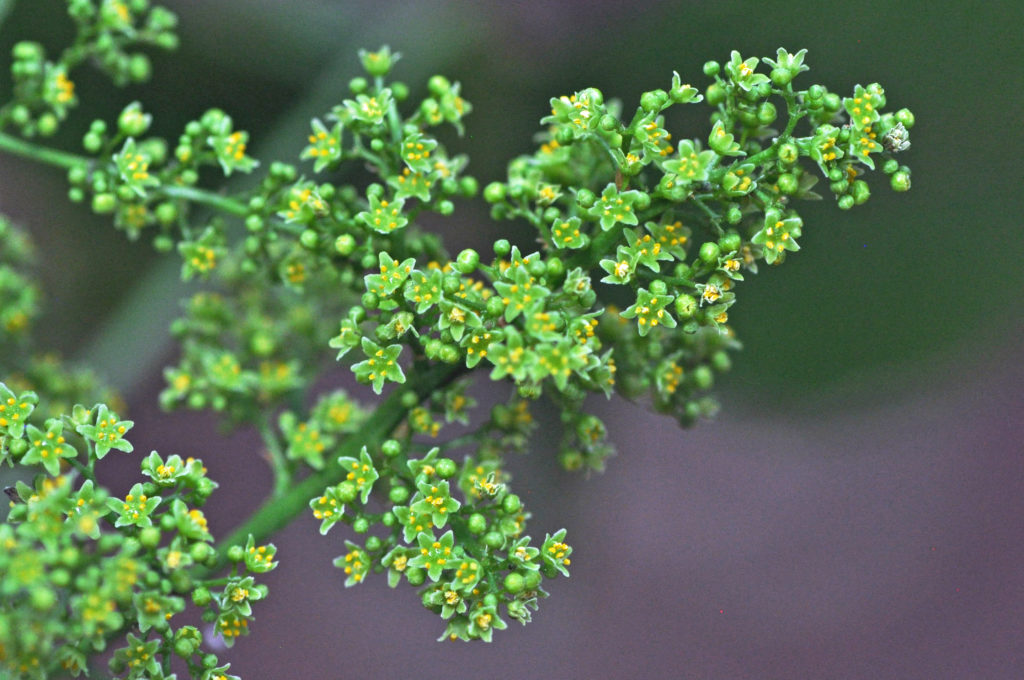
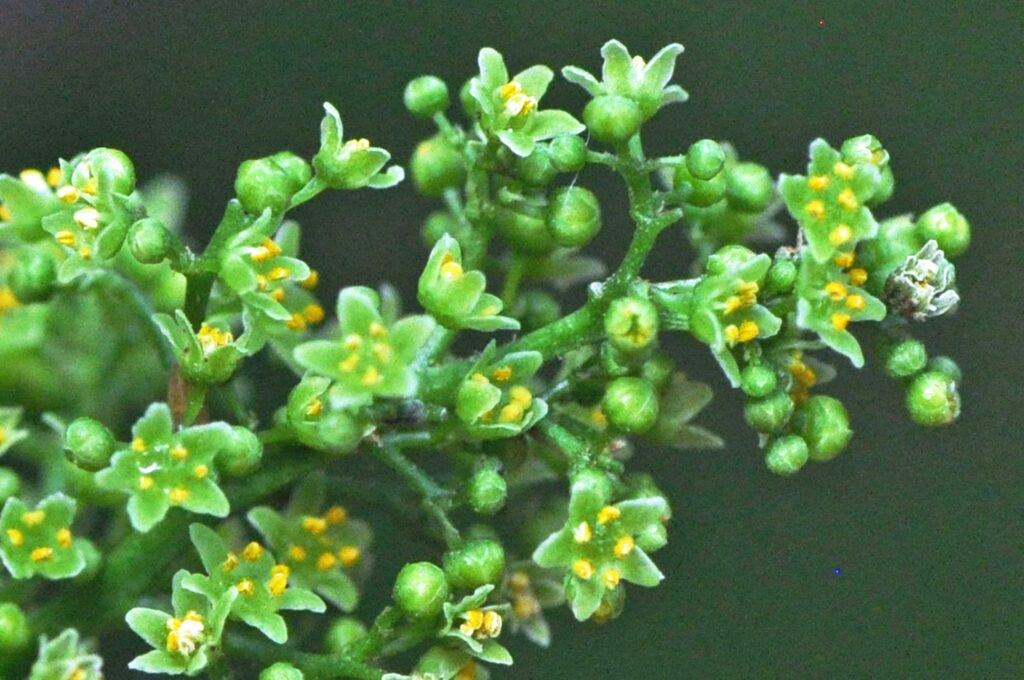
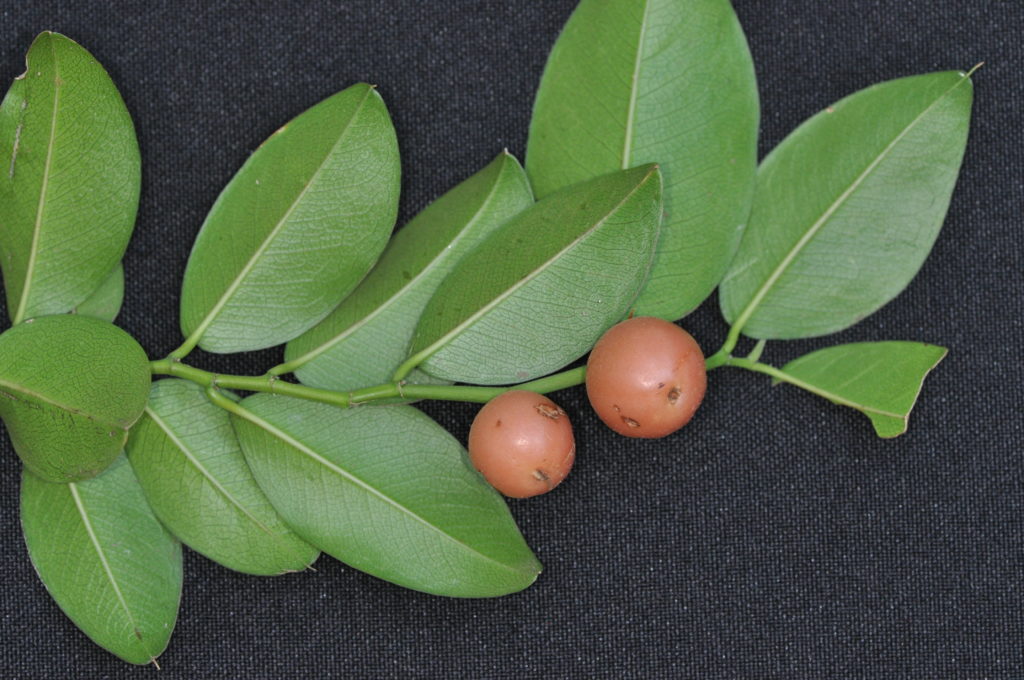
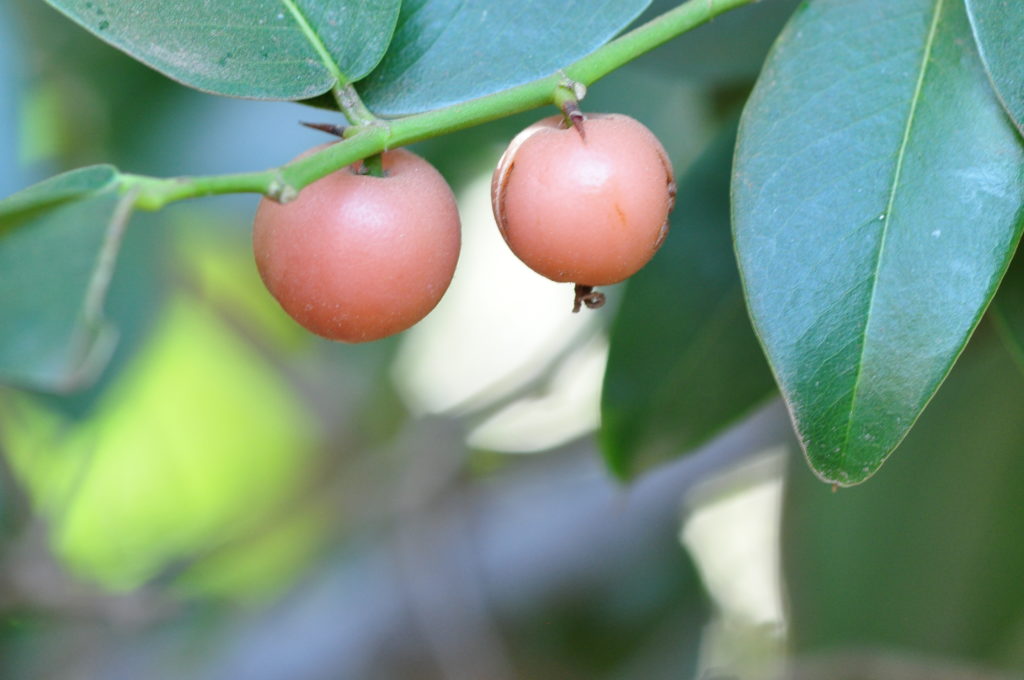
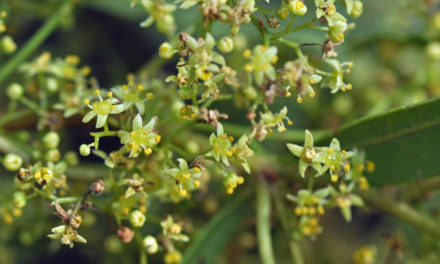
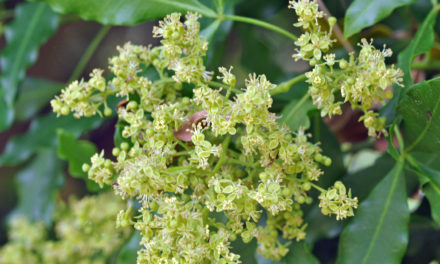
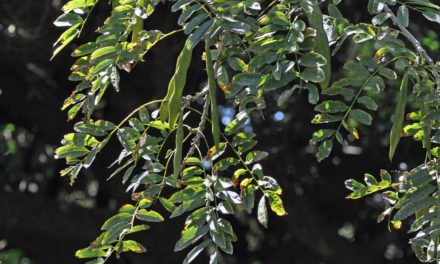
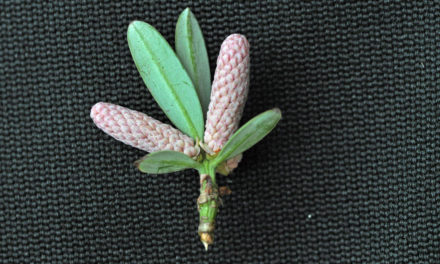
There are some fascinating closing dates in this article however I don’t know if I see all of them heart to heart. There is some validity however I will take maintain opinion until I look into it further. Good article , thanks and we want more! Added to FeedBurner as properly
Greetings Hilton
Thank you for your comments. All comments are welcome.
Take care.
David Becking.
Thank you, I’ve recently been searching for information about this topic for ages and yours is the greatest I have discovered so far. But, what about the bottom line? Are you sure about the source?
Greeting Grover
Thank you for your comment! This website has kept me busy since I retired 12 years ago. It will keep me occupied for some time yet.
Take care.
David Becking